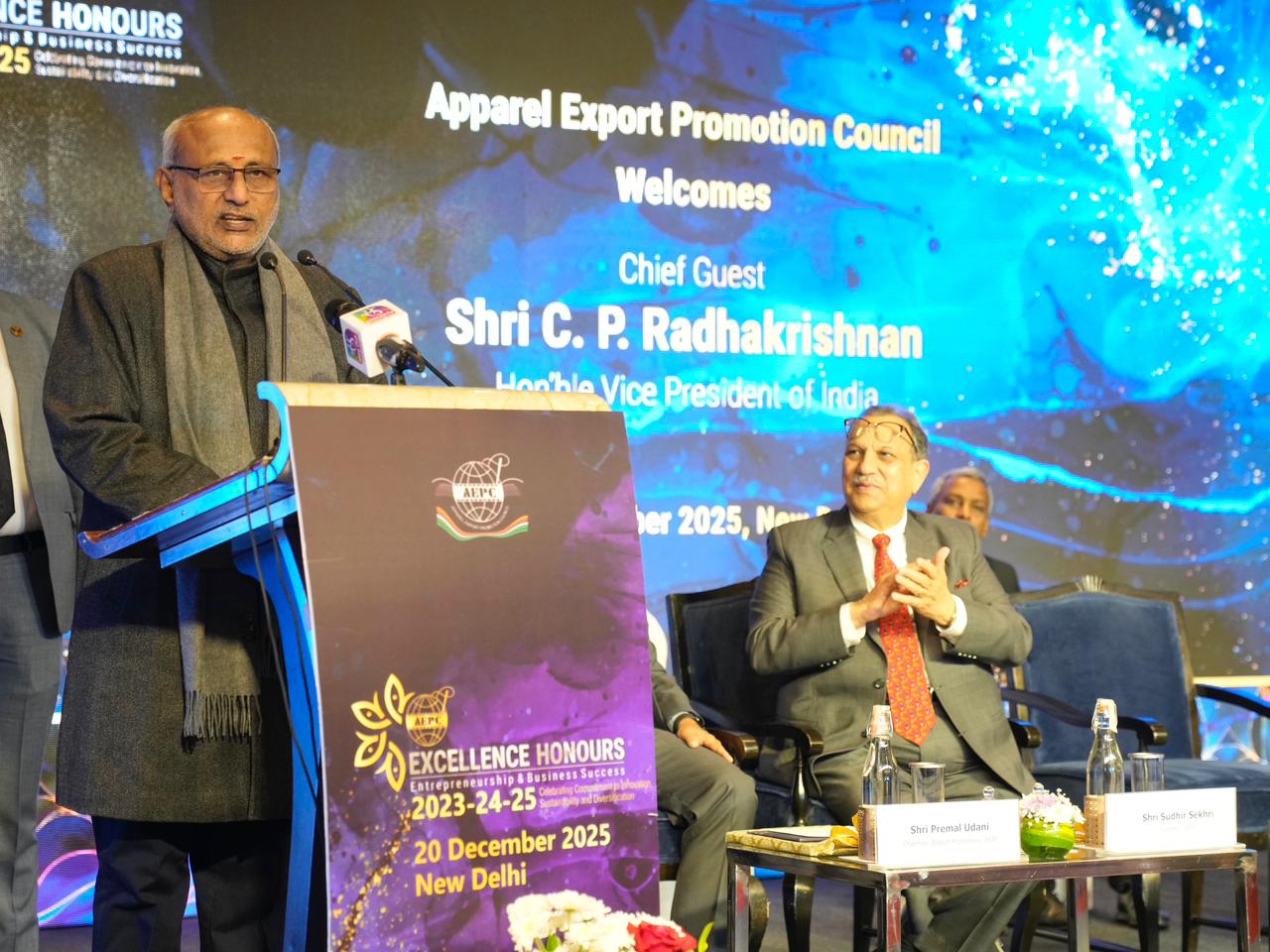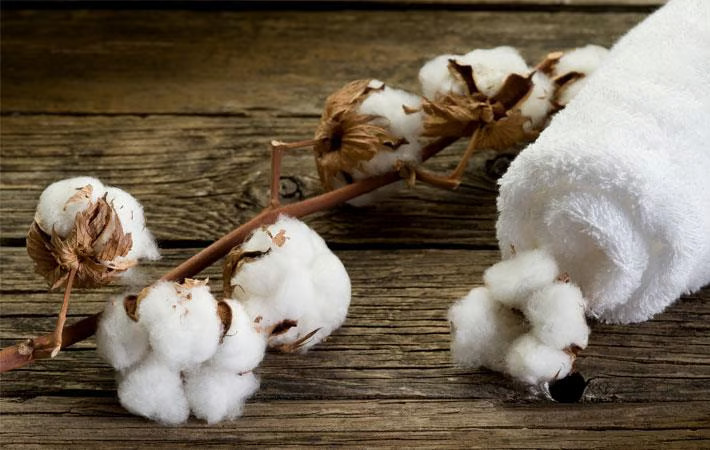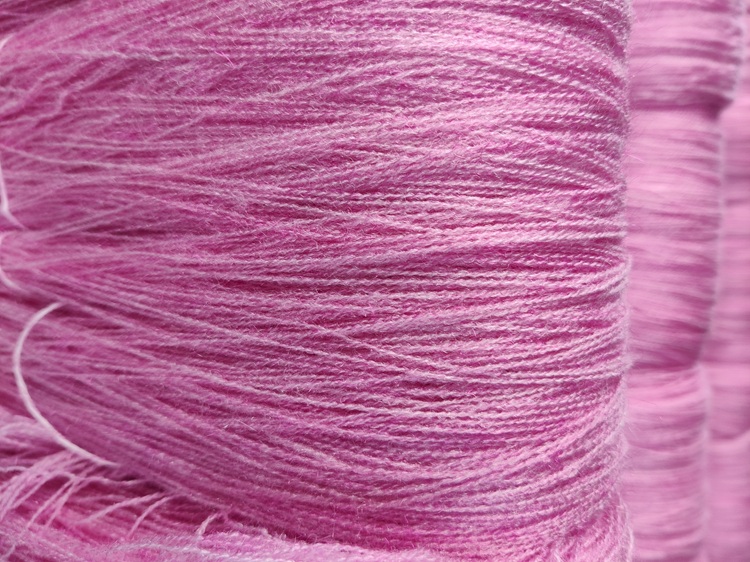The Chinese are investing in the cotton industry in the US. Input costs of cotton production derive mainly from raw materials and energy, both of which are cheaper in the US than in China. China has actively encouraged vertical integration in the food sector as a part of its ‘Go Out’ strategy of overseas capital investment.
Since 2011, China has built up a significant stockpile of cotton as part of its price support operations for its agricultural sector. This has led to higher input costs in China’s cotton processing industry, and with no barriers to the import of yarn (processed cotton) Chinese cotton companies have taken the hint and set up shop where they can access cheaper raw materials, moving plant and machinery out of China.
If China eventually stops price support operations for cotton, then cotton production will inevitably migrate to where it is most efficient and productive. Since 2000, China’s agricultural production – despite solid productivity gains – has not kept pace with domestic demand, meaning that China has gone from a position of approximate net food security to being the largest food importer in the world, with the US becoming the largest single agricultural exporter to China.
Chinese investing in US cotton sector
- 1
- 2
- 3
- 4
- 5
- 6
- 7
- 8
- 9
- 10
India’s T&A sector navigates a "Mixed Bag" first half in FY26
The Indian textile and apparel industry is currently weathering a period of complex recalibration. According to the latest Wazir Textile... Read more
Techtextil 2025: Mapping India’s transition to a global hub for value-added tech…
The conclusion of the 10th edition of Techtextil India in Mumbai marks a definitive transition for the country’s textile landscape,... Read more
China Wave returns to Pitti Uomo 109: Bridging the gap from global factory to de…
The landscape of international menswear is witnessing a structural shift as the ‘China Wave’ initiative returns to the 109th edition... Read more
The Second Life of 3D: Why this tech is more alive than ever in fashion
The fashion industry is no stranger to cycles of hype and disillusionment, and 3D technology has been no exception. At... Read more
VP Radhakrishnan urges modernization and FTAs as India’s apparel exports surge 1…
Highlighting the textile sector's role as India's second-largest employer, Vice President C. P. Radhakrishnan called for a strategic push toward... Read more
Indian Rupee’s Breach of 90: A double-edged equation reshaping India’s ‘Fiber-to…
The Indian rupee’s historic slide past the ₹90.43 per dollar mark in late 2025 has forced a fundamental recalibration across... Read more
Can cotton duty relief blunt US 50% tariff hit on Indian apparel?
The Confederation of Indian Textile Industry (CITI) has issued a high-stakes call to the government, asserting that the permanent removal... Read more
The Great Sourcing Shuffle: Why tariffs failed to bring manufacturing back to th…
When Washington set out to ‘reclaim manufacturing’ through punitive tariffs, it was envisioned as a patriotic reset one that would... Read more
Beyond Search and Scroll: Why AI-powered shopping is becoming retail’s new opera…
When ChatGPT unveiled its Instant Checkout capability allowing users to discover, evaluate, and purchase products within a single conversational interface... Read more
How global acrylic fiber leaders engineered price stability amid historic ACN cr…
The global Acrylic Staple Fibre (ASF) market, long known for its sensitivity to violent swings in petrochemical feedstocks is facing... Read more












